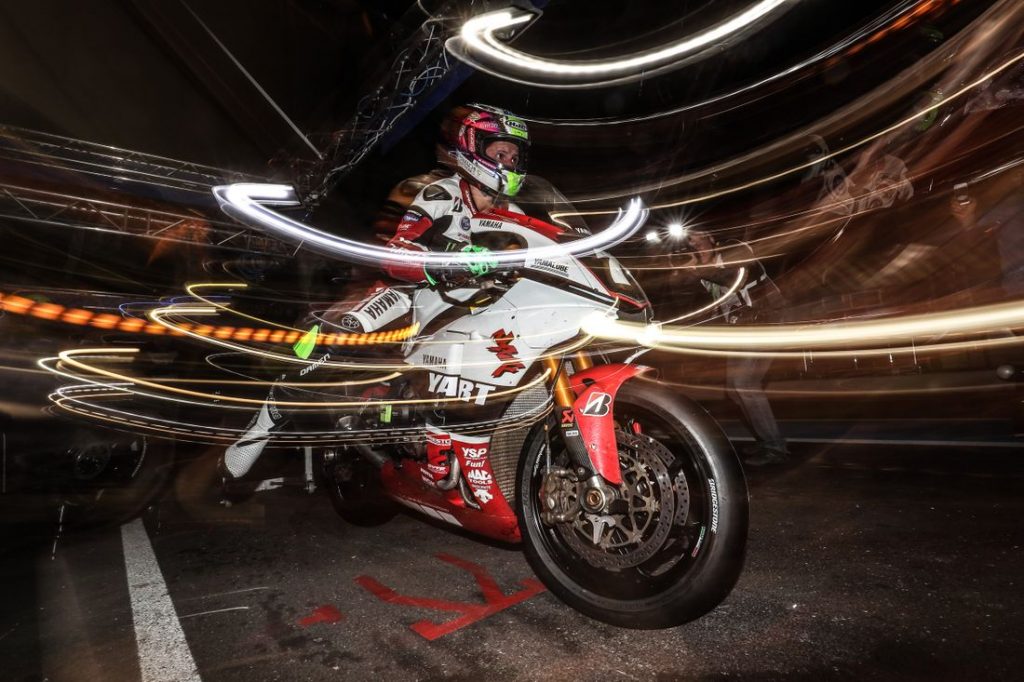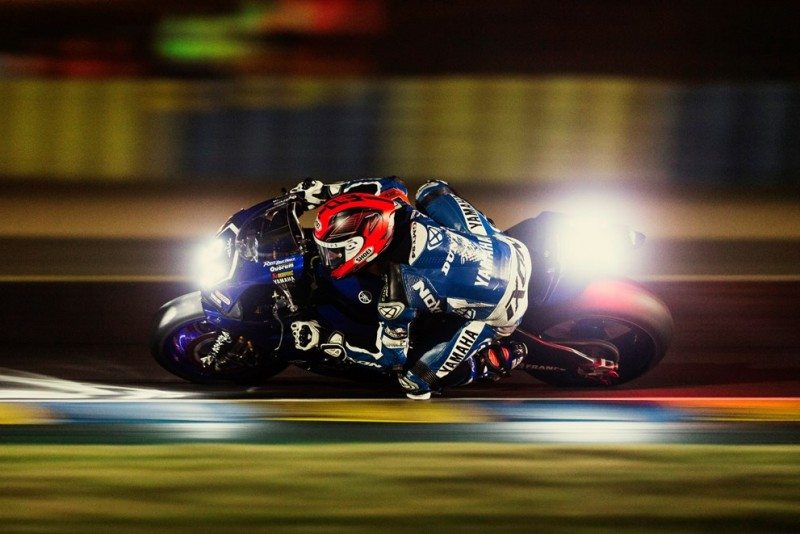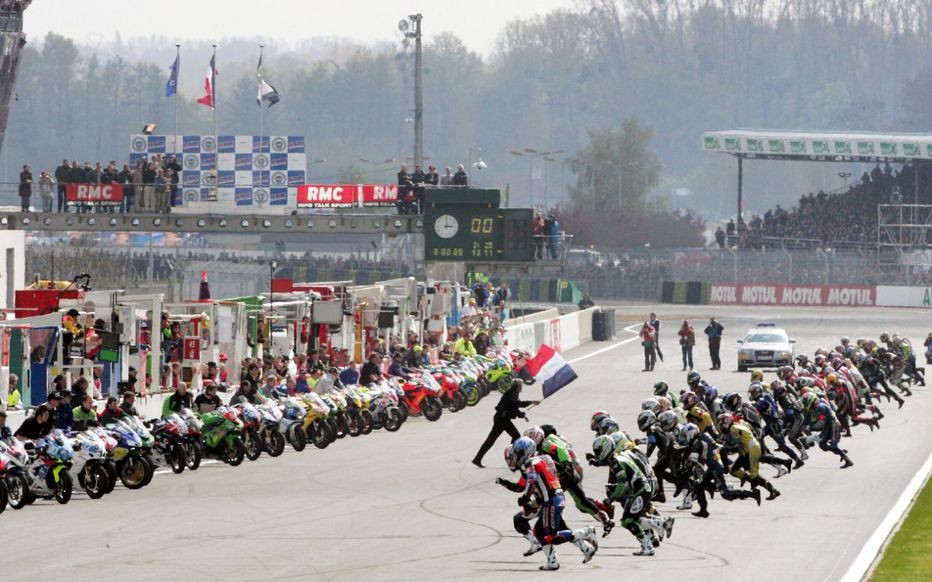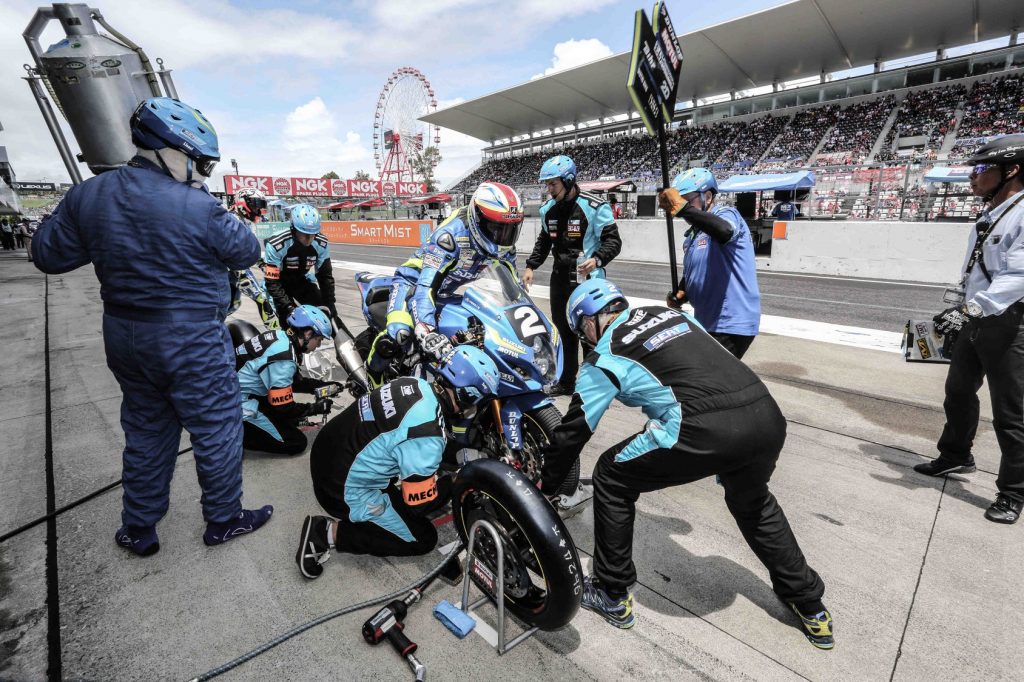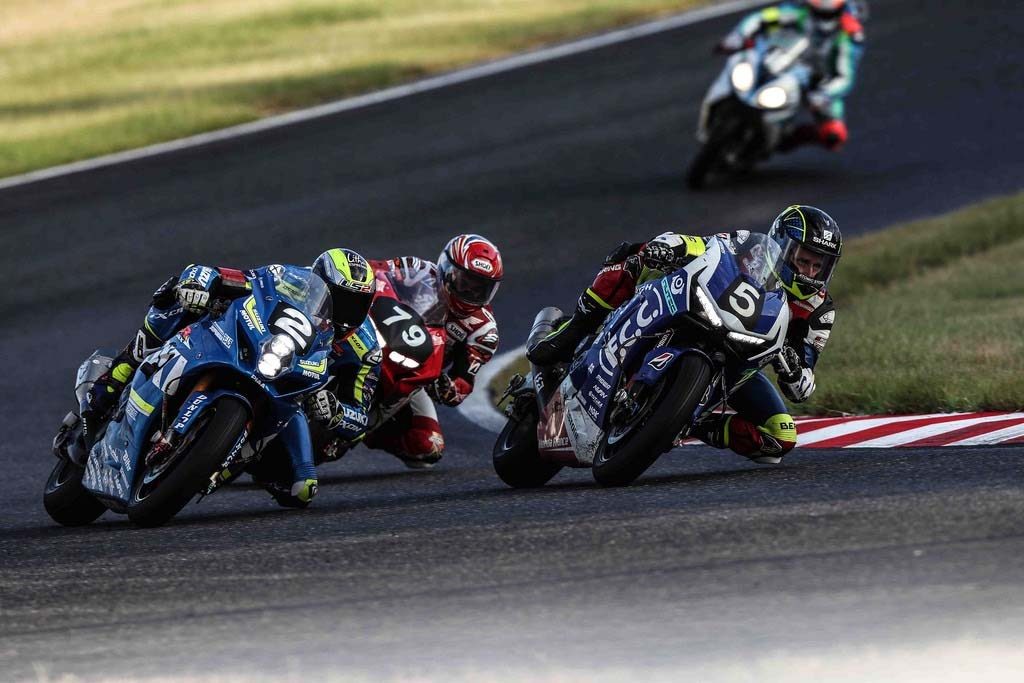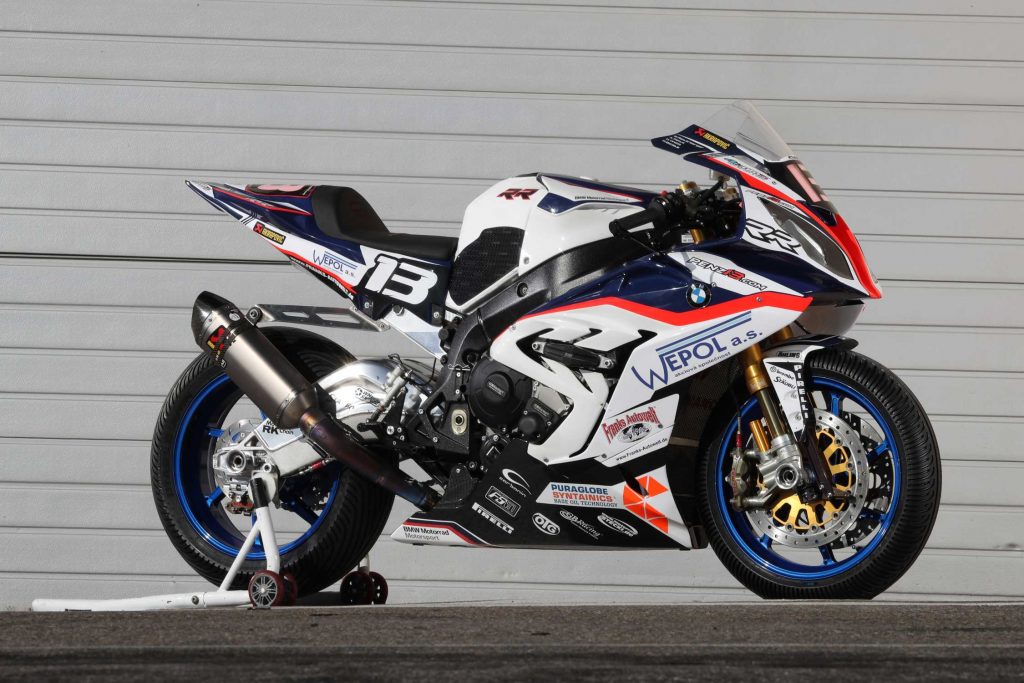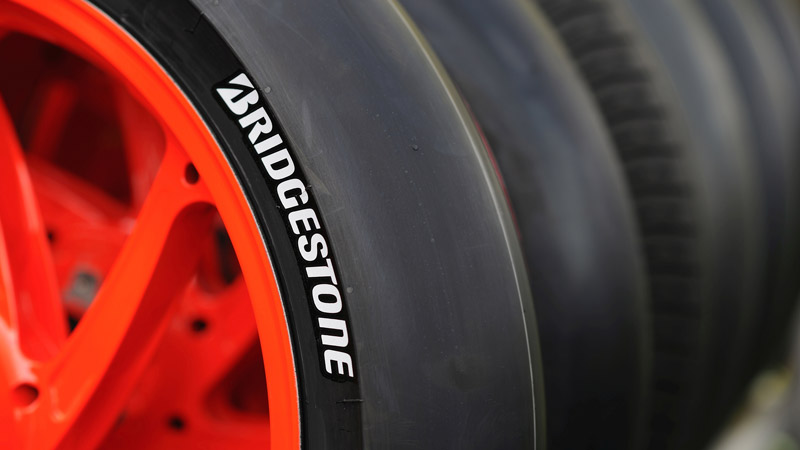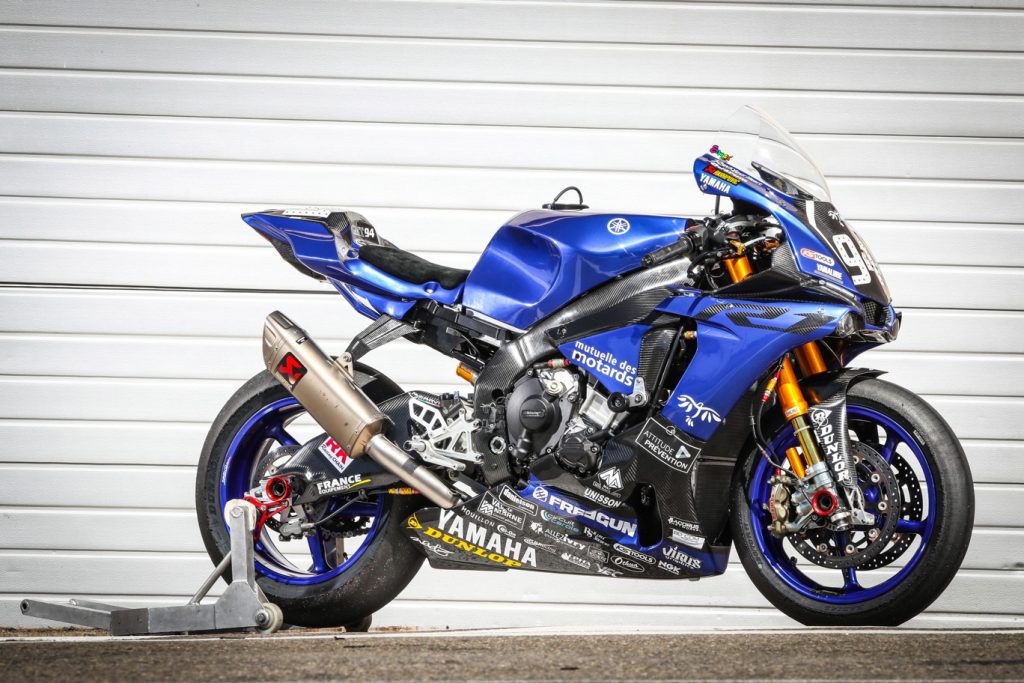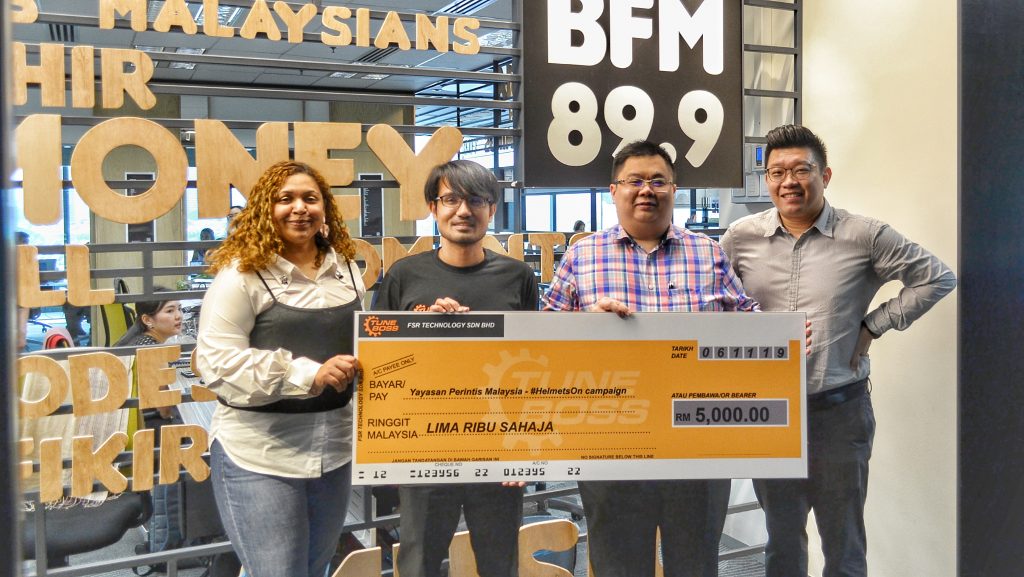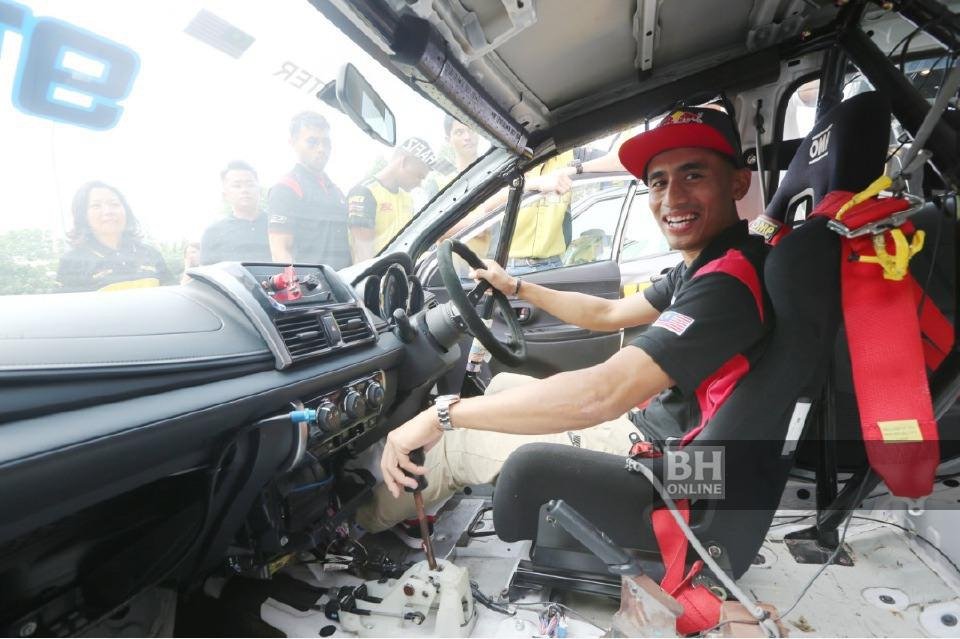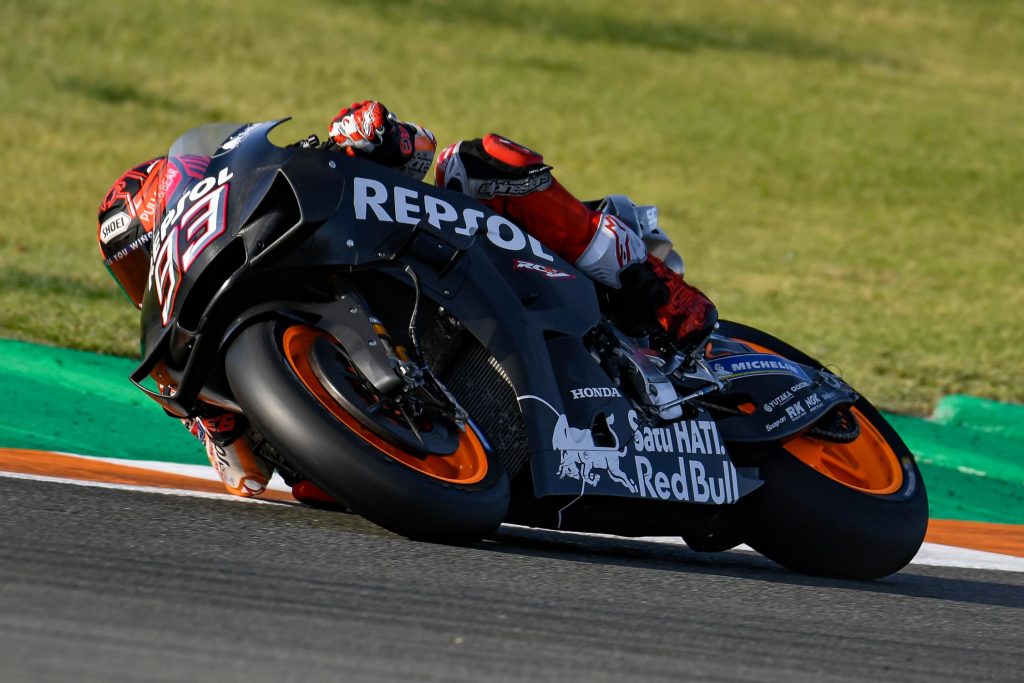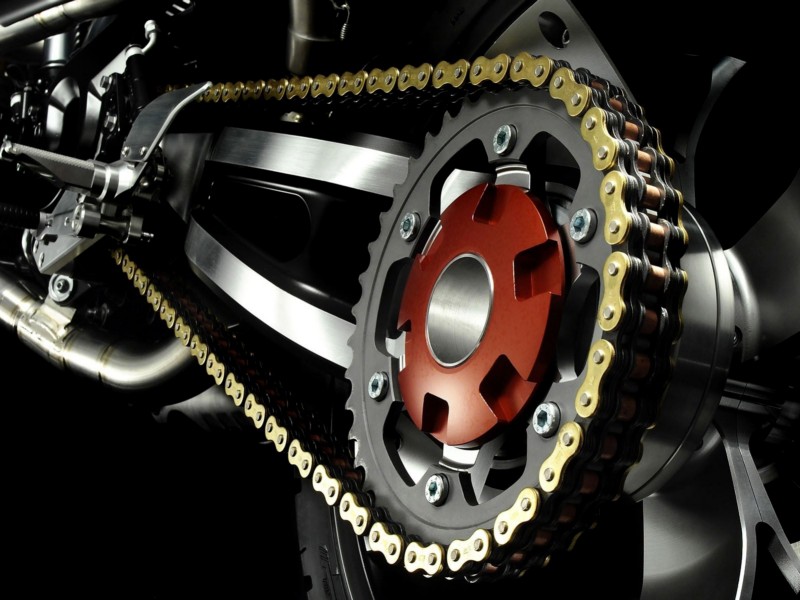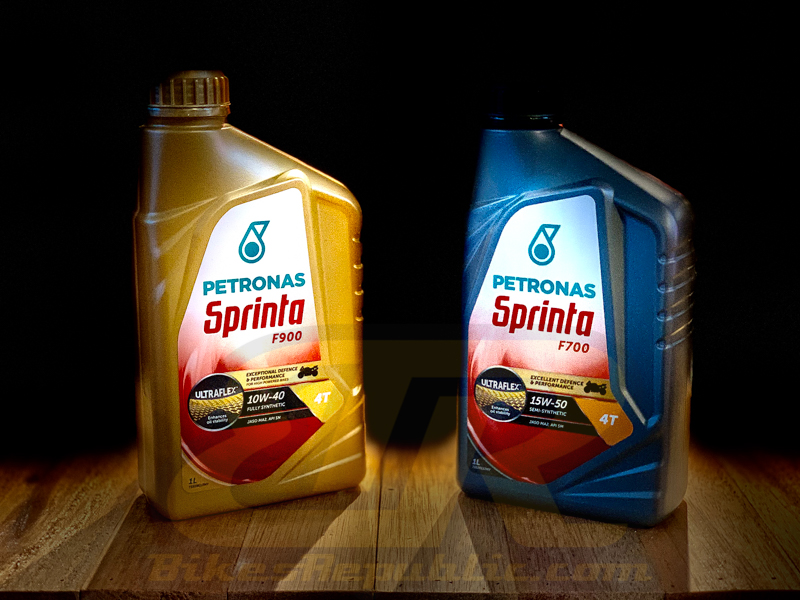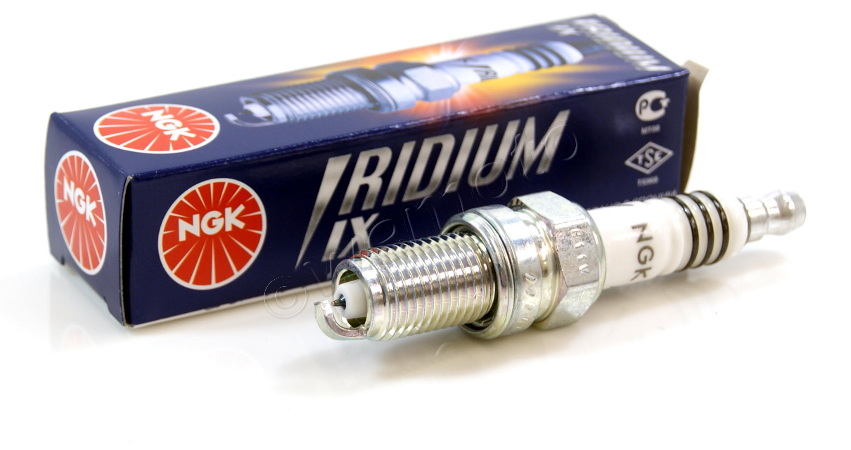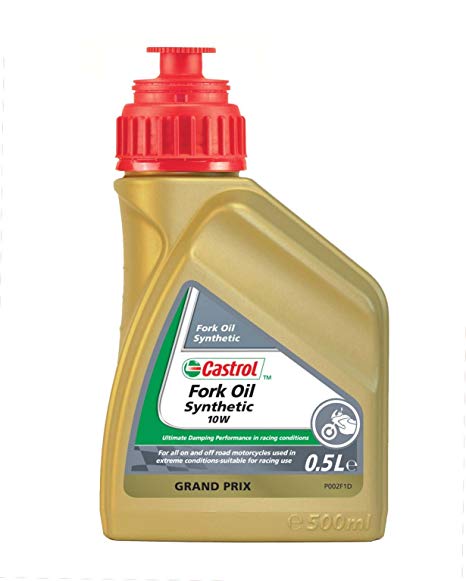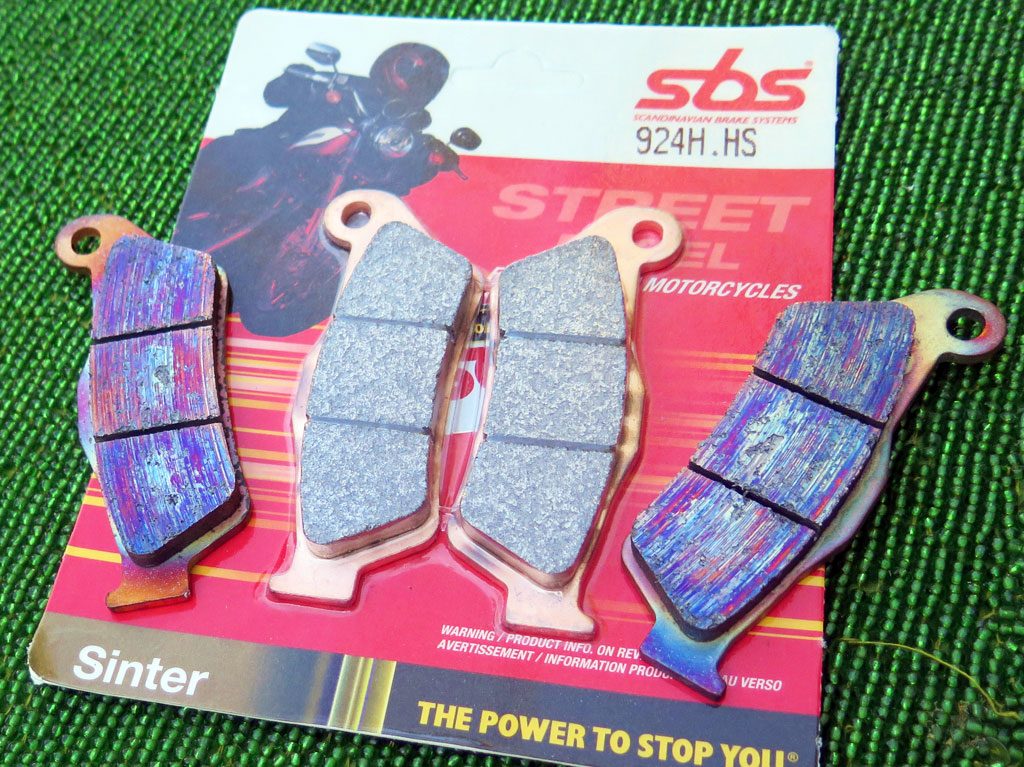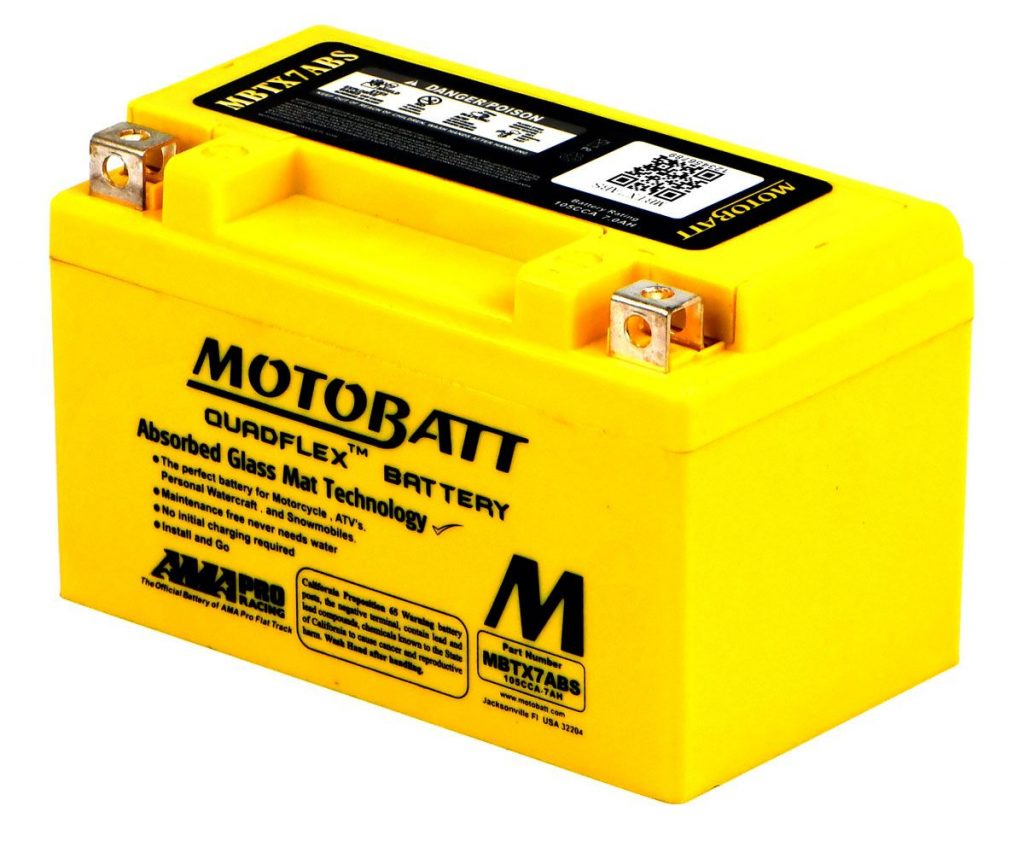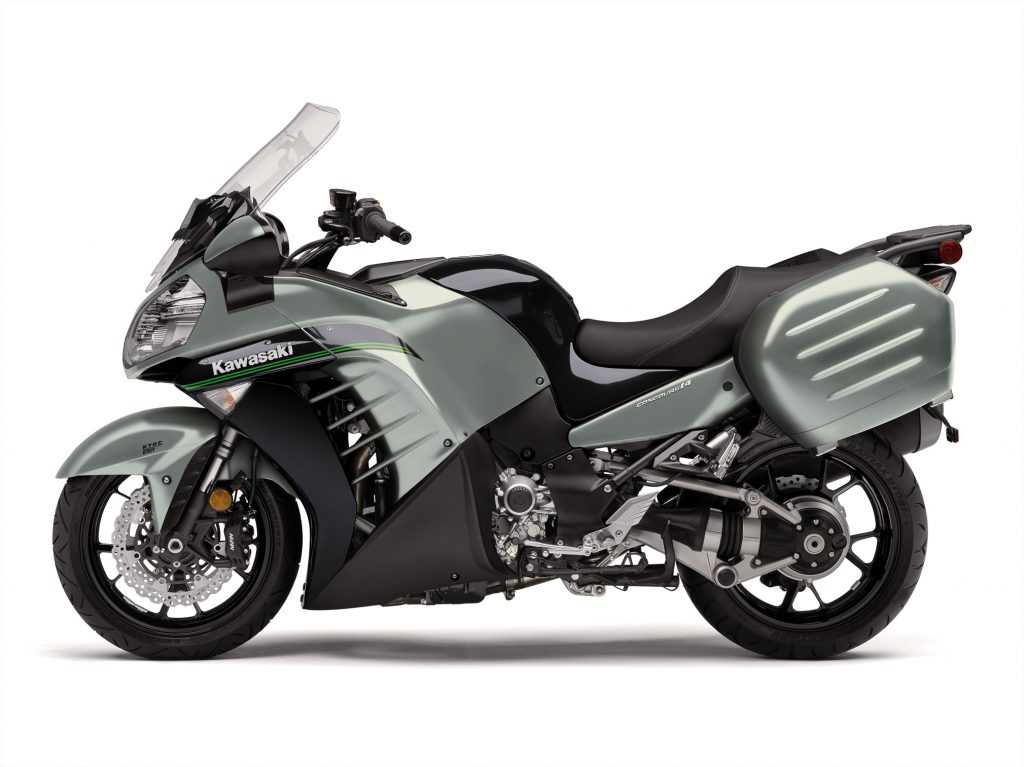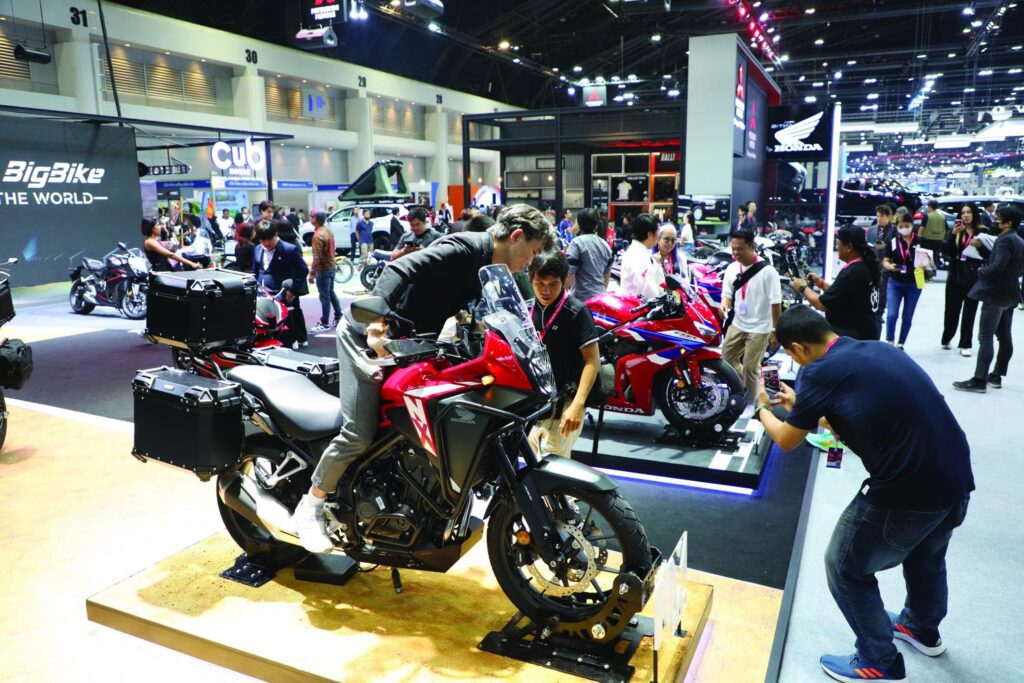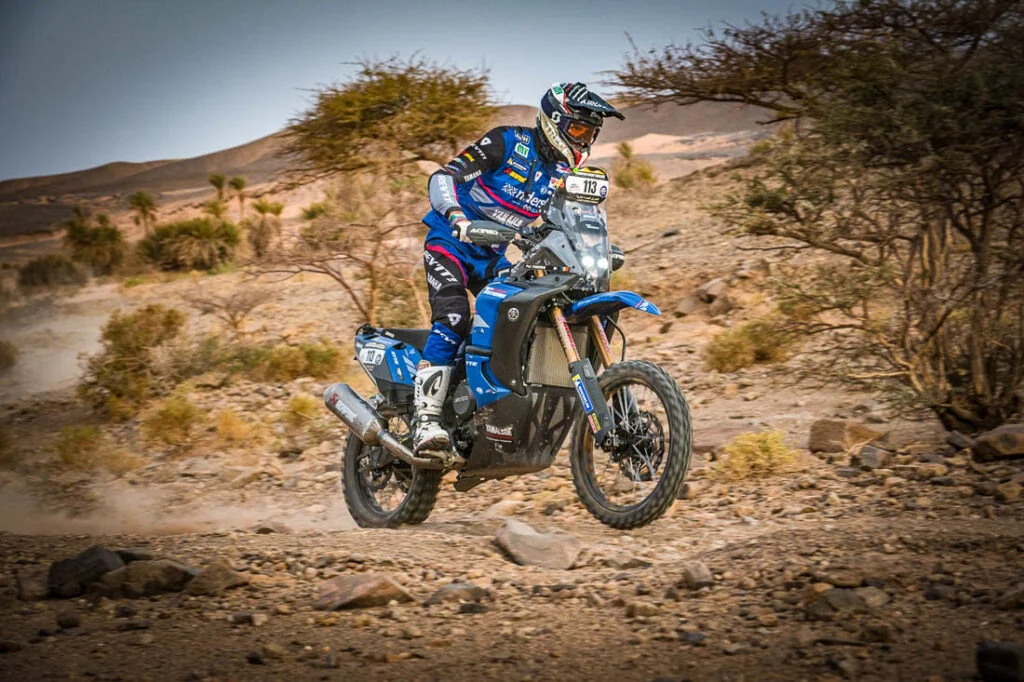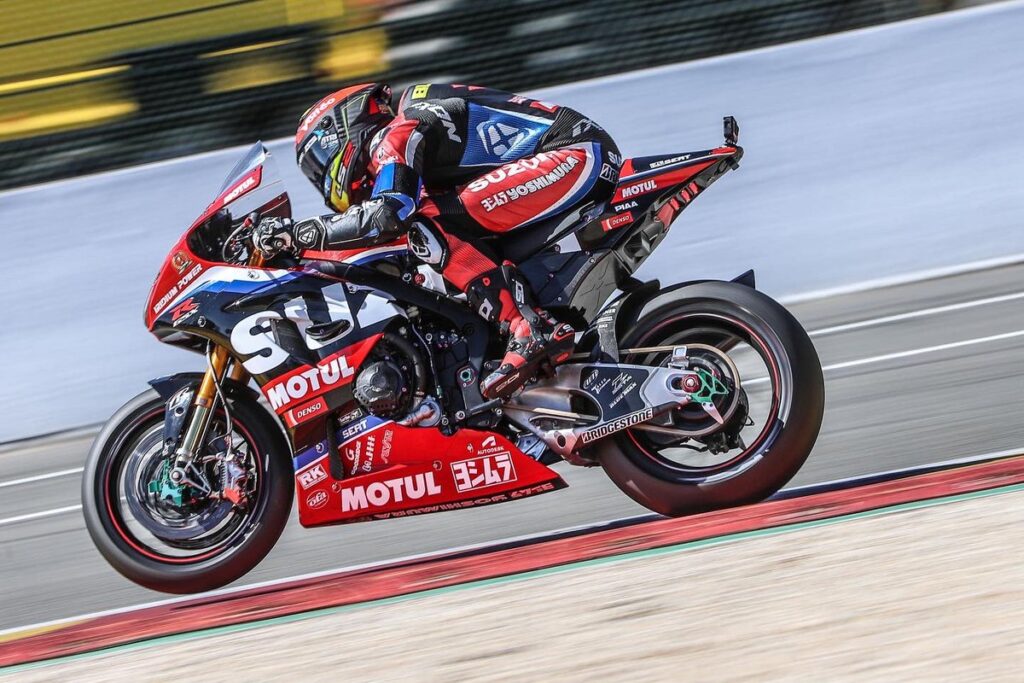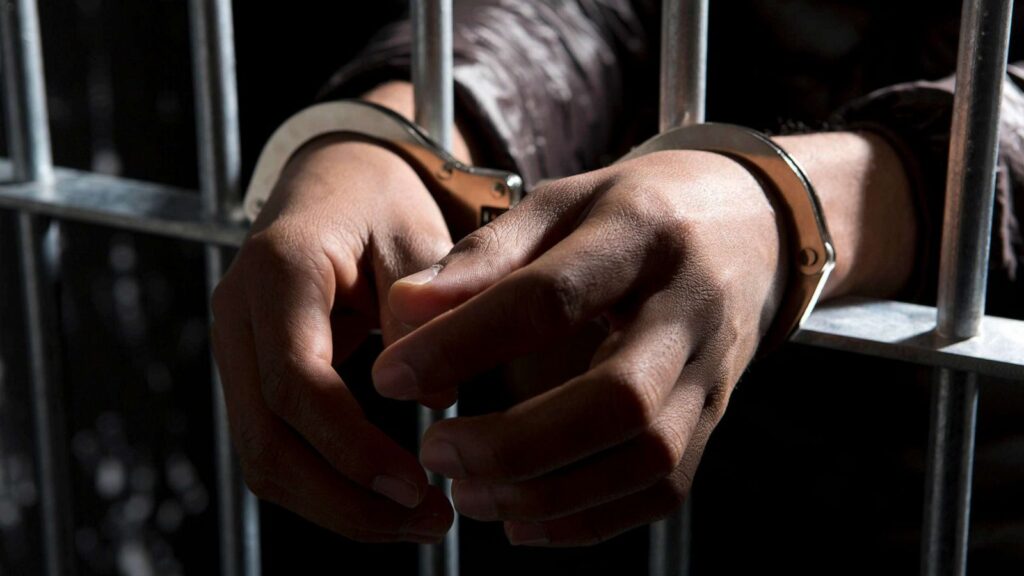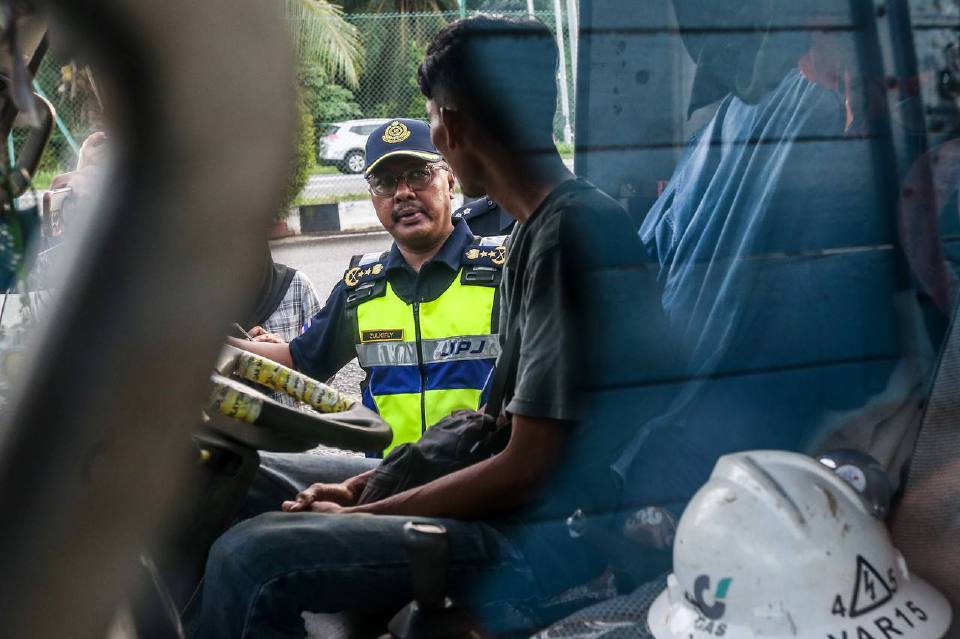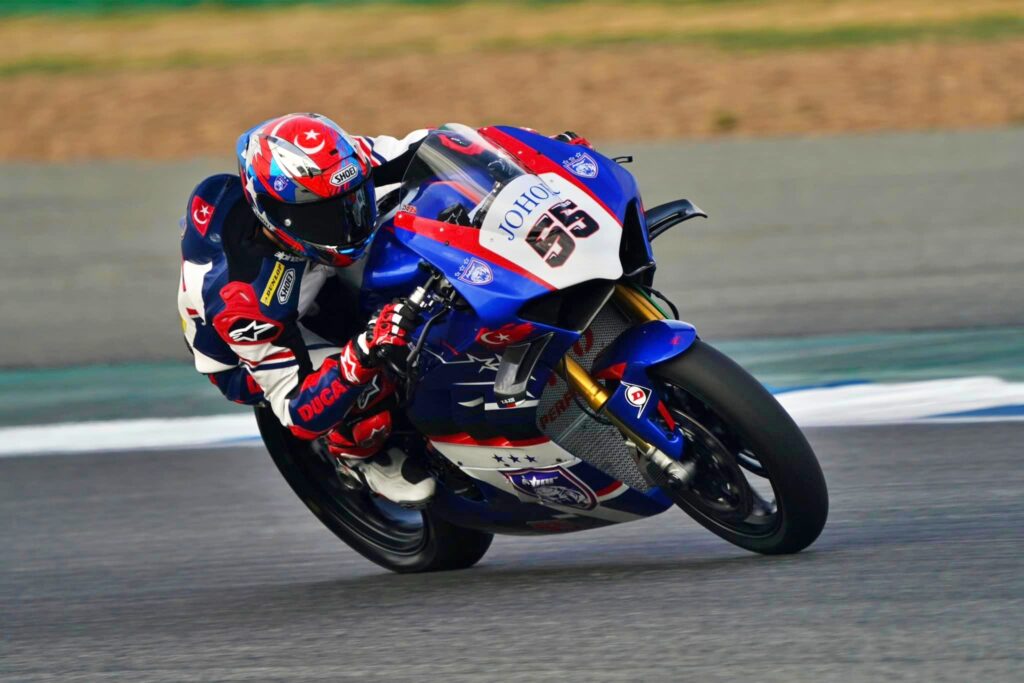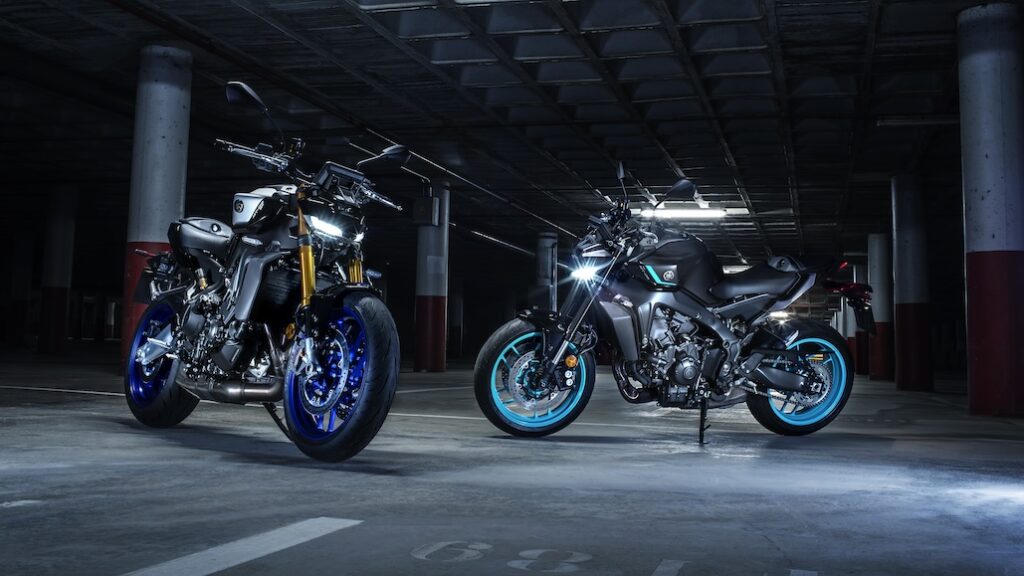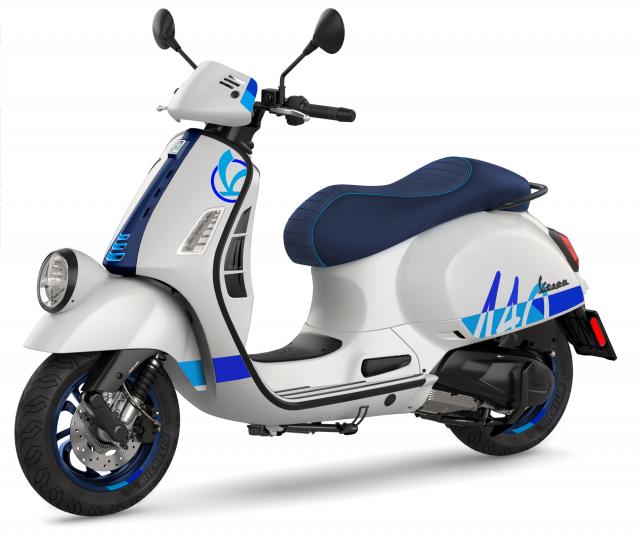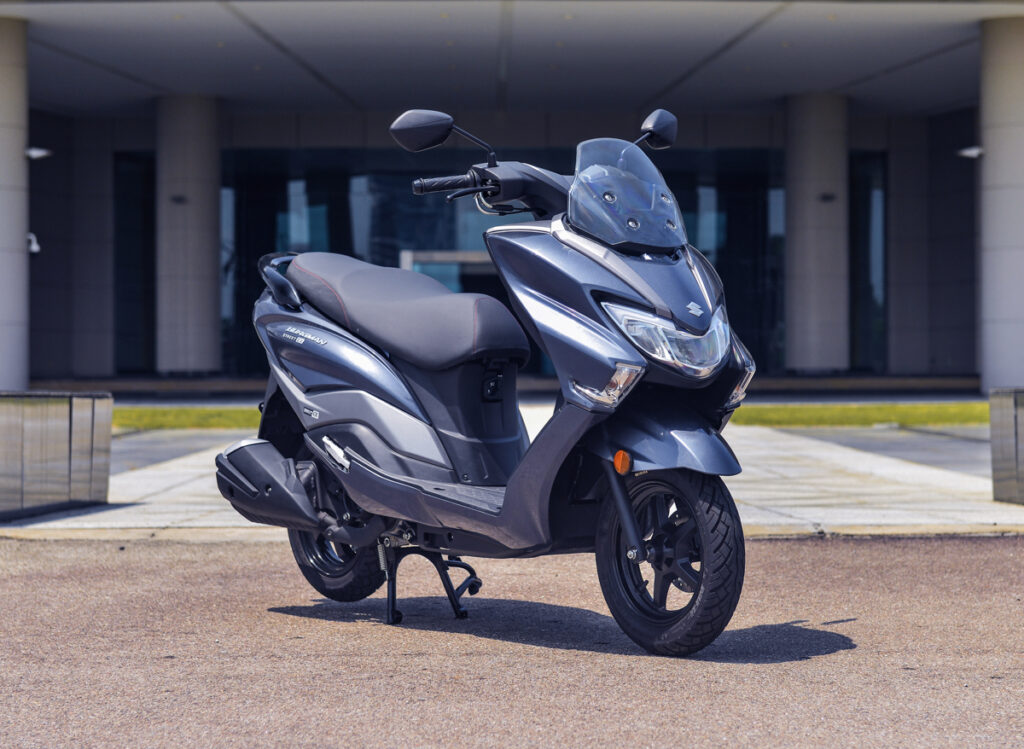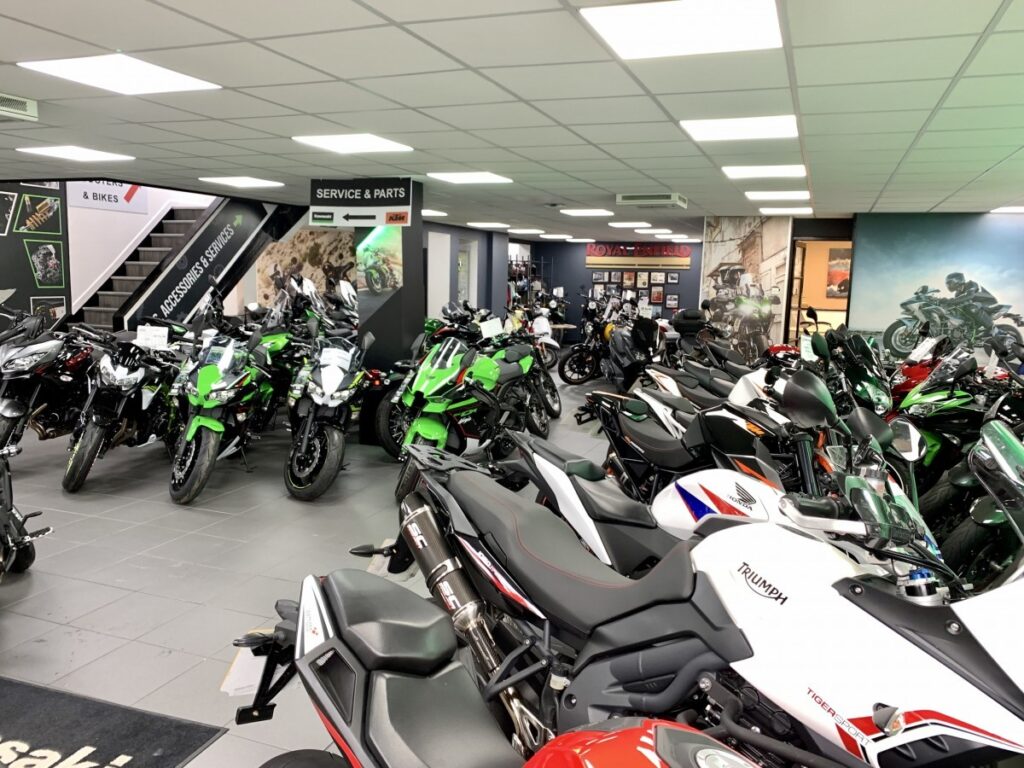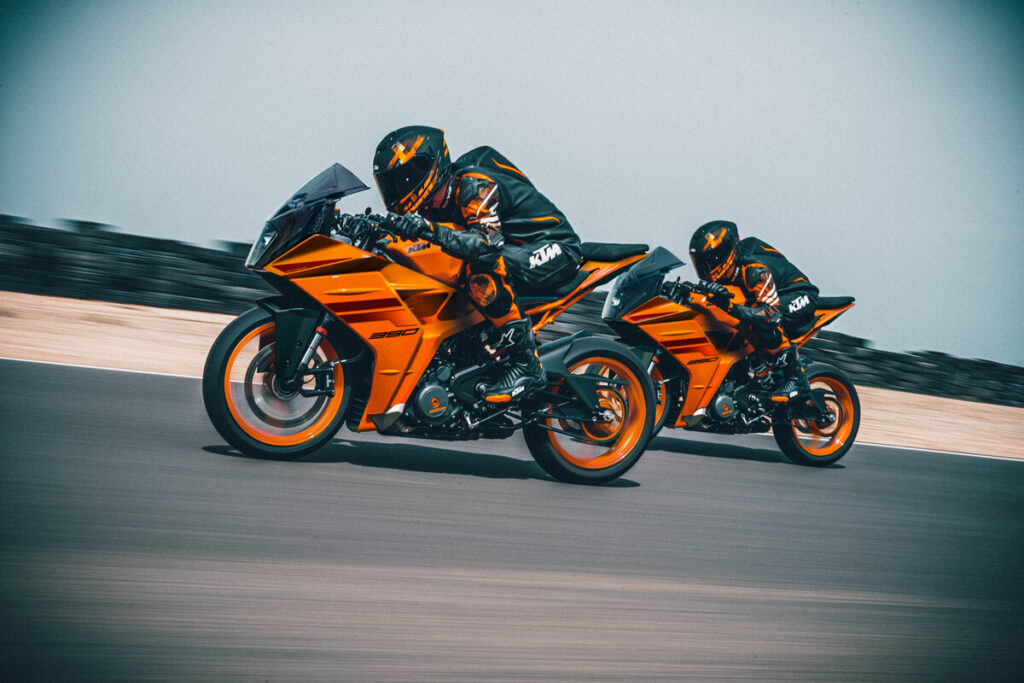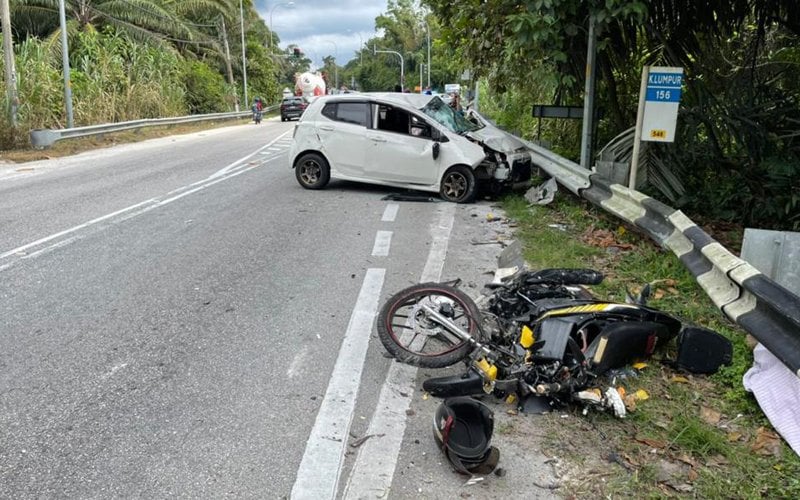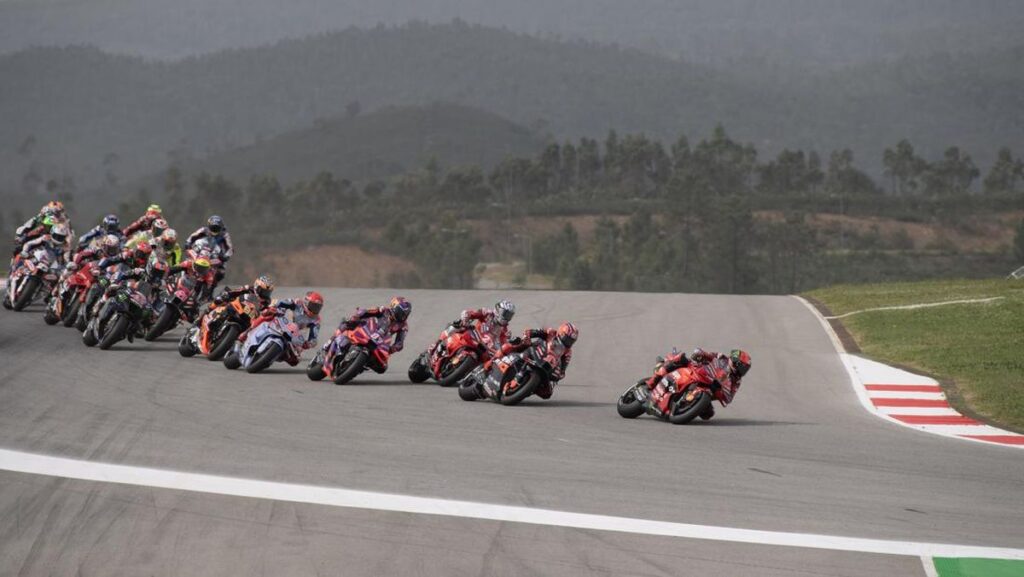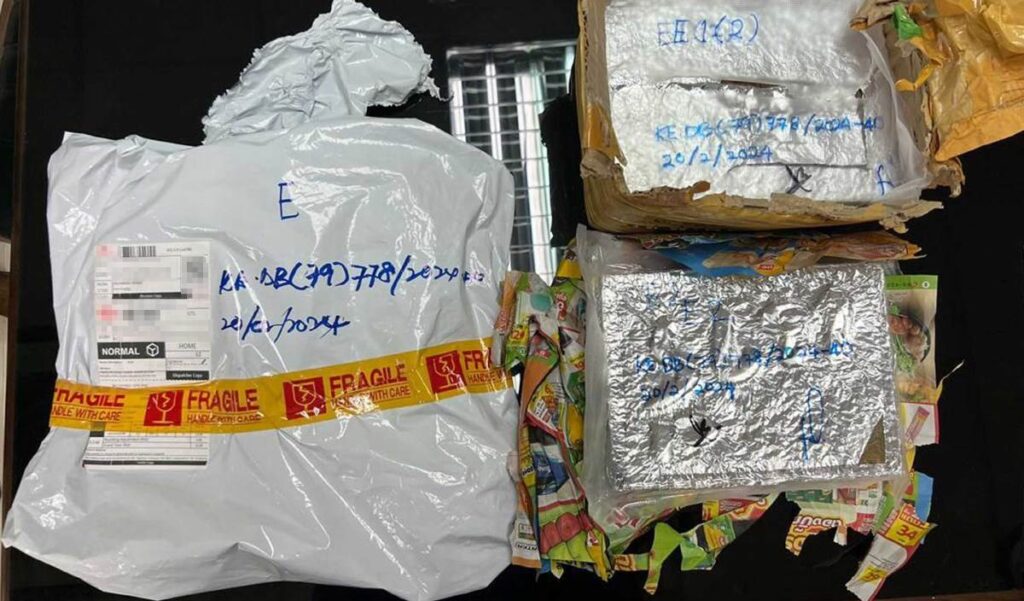-
Remember, the FIM Endurance World Championship is coming to Malaysia.
-
Called 8 Hours of Sepang, the race will be held from 13th to 15th December 2019.
-
Here are 10 basic points to get you up to speed.
Rejoice! Because the FIM Endurance World Championship (FEWC) is coming to Malaysia.
But what’s the race about, other than taking longer to complete than the usual MotoGP and WorldSBK race? What are the technical rules governing the bikes? What type of bikes do they race?
Let’s start with some details of the Malaysian round.
1. 8 Hours of Sepang
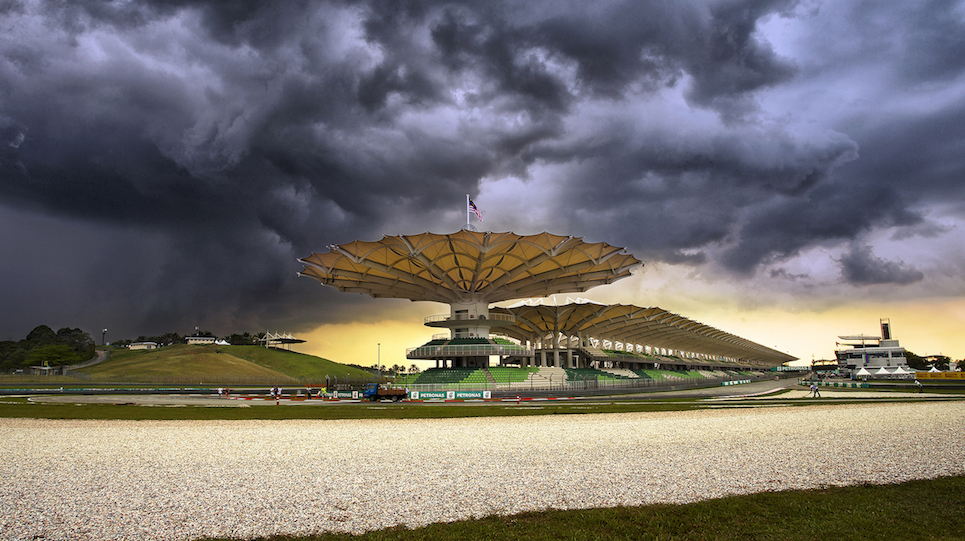
The event is officially known as 8 Hours of Sepang and happens from 13th to 15th December 2019. But since it’s the first time the FEWC visits Malaysia, the event will be a double-header for both motorcycles and cars. The 8 Hours of Sepang for FEWC will begin at 1pm and end at 9pm on 14th December.
The good news is you can watch all the FEWC, World Touring Car Races (WCTR), Formula 3 Asia and Formula 4 Asean sessions and races for just one ticket price.
Please visit the Sepang International Circuit’s website for more ticketing details and prices.
2. Special role of 8 Hours of Sepang
The 8 Hours of Sepang has a special role (besides being a new round to score more points): It will serve as the qualifier round for part-time teams to the season finale Suzuka 8 Hours.
3. What is the FEWC
As the term “endurance” suggests, the races test the physical and mental resolve of riders and team members, besides the reliability of the machines throughout the race. There are pits stops and teams can repair crashed bikes and send them back out.
There are a number of race durations throughout the year i.e. 8 hours, 12 hours and 24 hours. As such, each team must have at least two riders. A third backup rider is permitted.
4. Run!
There are qualifying sessions, of course. However, the riders don’t start the races by sitting on their bikes. Instead, the bikes are lined-up along the pit wall with the riders lined up on the opposite side. At the drop of the flag, they run to their machines, start them up and off they go.
5. There are pit stops
Racing for such extended periods require pitstops, of course. The bikes will come in for fresh tyres, fuel and to exchange riders. Brake pads are also replaced usually during the 12-hour and 24-hour races.
But get this: Only four persons are allowed to work on each bike on the “hot” pit lane. Should the rider help, he is considered one of the four. Having an extra person will incur a hefty penalty.
So, unlike MotoGP mechanics who “sign off” the bikes until after the race, endurance racing mechanics must be on their toes at all times. It’s not uncommon to see them running around like mad rabbits especially when they need to fix a crashed or malfunctioning bike.
6. Who wins?
The races are limited by time, not by a predetermined number of laps. So, the team who accomplishes the highest number of laps within that period is the winner.
Should more than one rider be on the same lap at the end of the race, the first rider to cross the finish line is the winner.
So, endurance racing rewards not who has the fastest bike or rider, but one who’s fastest on a consistent basis.
7. What are the technical rules?
There’s just too many to fit in here, as listed in the FIM’s rulebook. But these are the main points.
- The FEWC is a production-based racing series.
- Superbikes is the short answer, but the homologation model cannot exceed the retail price of € 40,000 (including taxes).
- Only four-stroke engines are permitted.
- Engine capacity limits are 600cc to 1000cc for 4 cylinders; 750cc to 1000cc for 3 cylinders; 850cc to 1200cc for two cylinders.
- The frame must be in the dimensions and material of the homologated bike.
The field is divided into two classes: The premier EWC Formula and Superstock.
The former allows upgrades to the forks, rear shock, swingarm, brakes, radiator and exhaust. Teams can soup up the bike’s performance, but the rules are still very restrictive i.e. the piston, rings conrod must all be stock. Maximum fuel load is 24 litres. Minimum weight is capped at 175 kg (when weighed at the end of the race!).
On the track, the EWC Formula bikes wear their race numbers on black backgrounds and have white-light headlamps.
As for the Superstock class, the bikes can be differentiated by race numbers of red backgrounds and use yellow headlights.
If modifications in the EWC Formula class are restricted, the Superstock bikes are practically taken from the showroom floors. However, ECU remapping, fuel injector replacement, clutch reinforcement and replacement of the exhaust silencers (not full system) are allowed. Maximum fuel load is 24 litres. The minimum weight for Superstock machines is 168 kg, at the end of the race.
There are other sub-rules for races that include nighttime or do not.
Limiting the number of modifications encourages manufacturers to produce better roadgoing bikes that can be obtained by the public, rather than ultra-exotics that no one could afford.
8. What tyres do they use?
The FEWC is where you find a proper tyre war. Instead of sticking to one brand of control tyre, Bridgestone, Dunlop and Pirelli duke it out here. The series encourages tyre makers to produce grippy yet high mileage tyres.
9. Which motorcycle manufacturers are involved?
Currently, Suzuki, Honda, Yamaha, BMW and Kawasaki are racing full time. Ducatis are entered without Ducati Corse involvement at the moment.
10. It’s currently the 2020 championship season
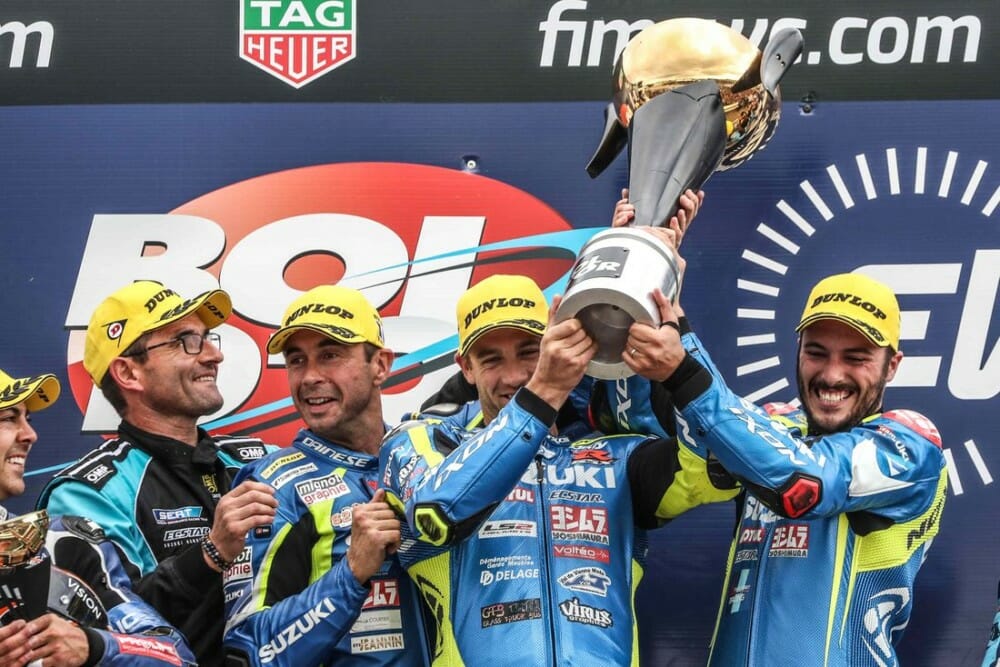
The FEWC season follows a different timetable compared to possibly all other racing series. Instead of beginning in the early part and concluding at the end of the year, the FEWC season begins in September and ends in July of the following year.
For the 2019 – 2020 season, the championship began with the Bol d’Or in France, then to 8 Hours of Sepang in Malaysia, over to the 24 Heures du Mans Moto at Le Mans back in France, followed by the 8 House of Slovakia Ring in Slovakia, then the 8 Hours of Oschersleben in Germany, and finally the Suzuka 8 Hours.
Conclusion
So, do book your tickets early for this prestigious event. It’s certainly a bang for your buck!


